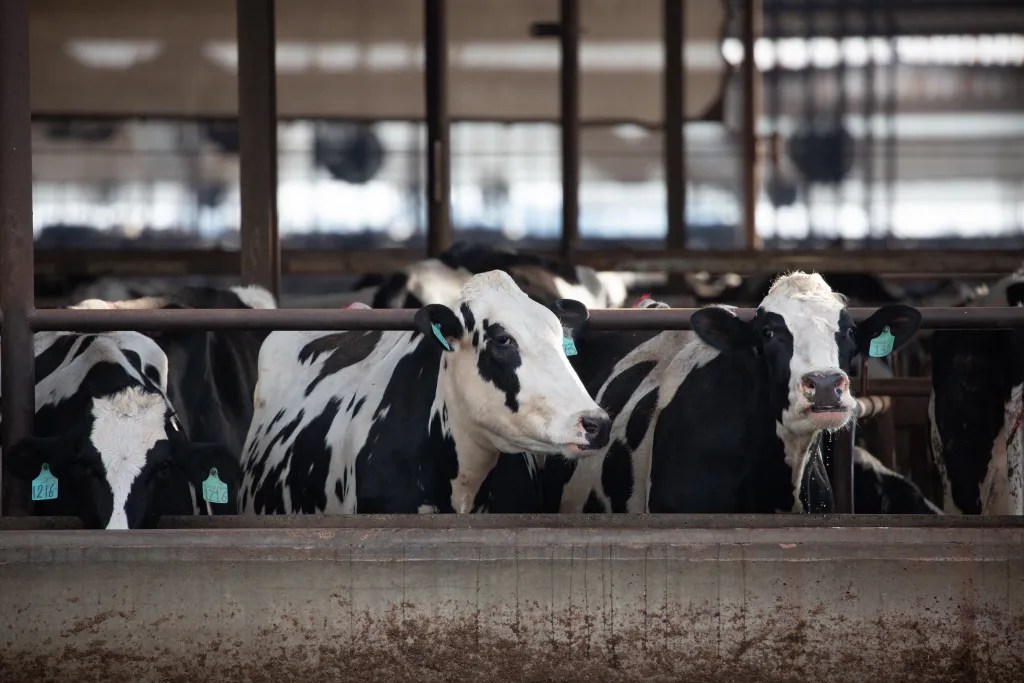Consider these questions for YOUR dairy.
Do you need fewer days open?
Do you want to make sure your cows become pregnant when bred?
These may seem like simple questions to answer – how you answer impacts which reproduction tool you need to use, pregnancy rate or conception rate. Genetic selection in the dairy industry has deep historical roots, even before the mechanisms of inheritance were understood. In the past, dairy cow fertility was adversely affected by intensive selection for productivity traits. Thus, the difficulties relating to fertility led to major innovation in the industry, and Daughter Pregnancy Rate (DPR) was developed to evaluate fertility.
How to Monitor Fertility on Your South African Dairy
DPR was introduced as a female fertility trait that measures pregnancy rate, so you can consider it your pregnancy rate indicator. While successfully used worldwide, it is essential to remember that pregnancy rate has external factors beyond genetic selection that impacts its potential. Bearing this in mind, it is important to know that DPR is not your only resource to gauge reproductive success in a herd. Cow Conception Rate (CCR) is also a tool that can be used to analyze fertility. Conception Rate illustrates the cow’s ability to conceive. Determining whether to use pregnancy rate or conception rate is not a one or the other decision as both are correlated and necessary considerations.
To figure out which tool to use, answer the following questions to determine what your focus for genetic selection should be.
Do you need fewer days open?
Or do you want to make sure your cows become pregnant when bred?
When to Use Pregnancy Rate or Conception Rate?
- If you need to decrease the number of days open, you will want to consider your pregnancy rates and focus on DPR for genetic selection.
- To ensure your cows are fertile when you decide to breed them, you will want to pay closer attention to cow conception rate when making genetic selections.
Your herd will be affected by genetic selection for many years to come. Thus, the genetic selections you make today determine the genetic progress of your future herd. If you choose to ignore pregnancy or conception rates completely, you must then rely on the current herd’s fertility. Ignoring these two potent reproductive tools can expose your herd to detrimental short- and long-term genetic effects. Fertility will always be impacted by genetics, so don’t ignore them.
Five Ways to Sustain or Boost Your Herd’s Fertility
- Select the right genetics for fertility and your environment and management system.
- Review best practices for A.I. with your teams, including semen handling, thermometer calibration and semen deposit location.
- Promote attention to detail in synchronization programs with internal and external teams.
- Focus on heat detection training if breeding is done by farm staff; otherwise, consider a professional technician service.
- Utilize a custom index to weight and choose the appropriate traits that will help you reach your goals.
Learn more about using conception rate or pregnancy rate as fertility tools by reading our article originally published in Progressive Dairy.



